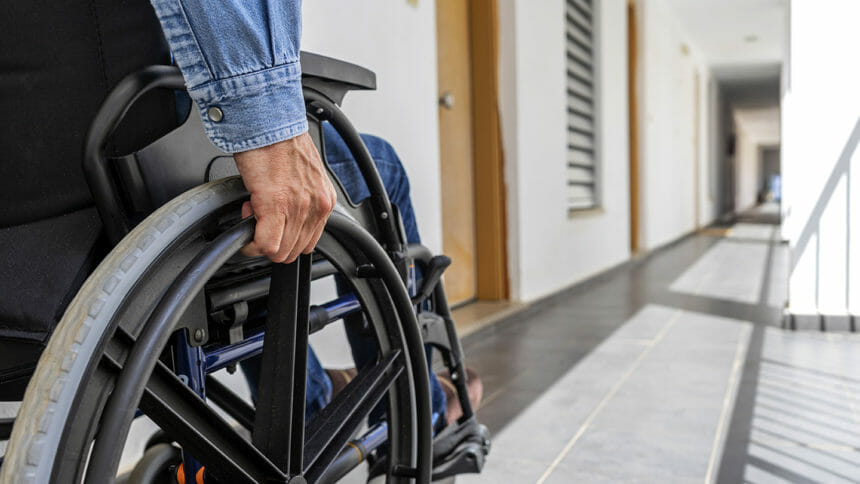
Algorithms can help offer personalized choices on everything from dating to movies; now a new app is rating spaces on wheelchair accessibility.
The app, Ahoi, allows users to enter their mobility needs, such as entry ramps or automatic doors, then scores locations, such as retail locations, doctor’s offices or restaurants, as to how well they match those needs.
Wheelchair accessibility or mobility assistance is an important challenge for seniors; Americans ages 65 and over make up the majority of wheelchair users, according to a market report from 2021.
In addition, mobility limitations affect over a third of those age 70 and over, and a majority of those over 80, according to a 2020 study.
The app’s creator, Jake Haendel, was wheelchair bound due to a neurological condition, and says that the inaccuracy or vagueness of handicapped signage causes him and others a lot of frustration and anxiety.
“They’ll slap a [wheelchair icon] on everything,” he told Boston College’s Center for Retirement Research.
Currently the app is focused exclusively on Boston, but the creators’ goal is to expand it to other major cities soon. The app’s data is user and volunteer generated, with first-hand pictures and observations contributing to the information about buildings and locations within Ahoi’s database.
Although Ahoi may be the newest, there are other apps available that also aim to help wheelchair users. Wheelmap has locations and ratings within 30 countries and another app, Wheel Fit, is a workout app that creates exercise plans for those with limited mobility.
In some states, improving access to facilities for wheelchair users is taking place through new regulation, and as of this March, power seat regulation in wheelchairs is covered under Medicare.


